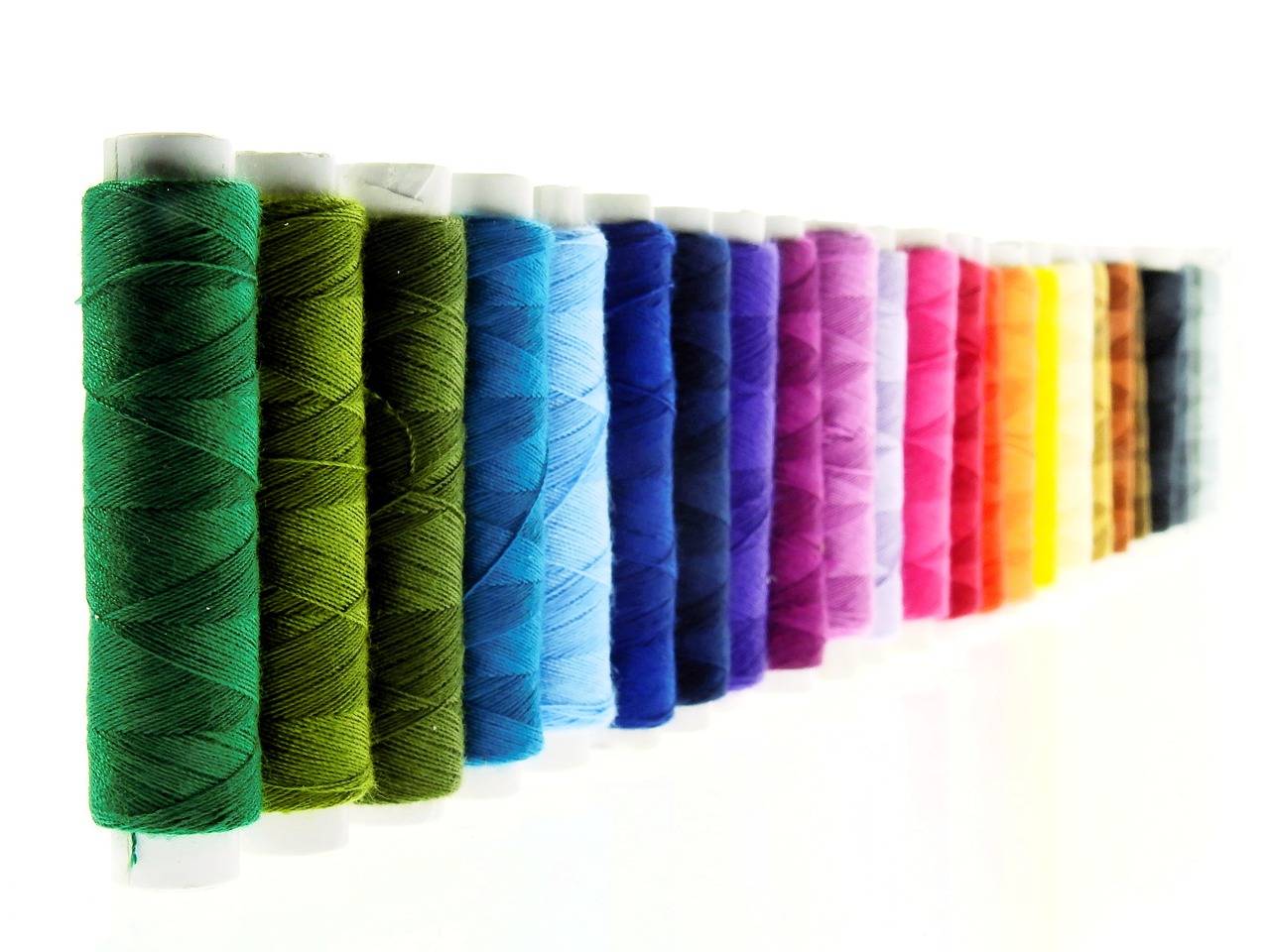The Significance of Local Fashion Production
Supporting local fashion production can have a significant impact on the economy of a community. By purchasing clothing made locally, consumers contribute to the growth of small businesses and help create job opportunities within their own region. This support not only fosters a sense of community, but also plays a crucial role in promoting economic stability and sustainable growth.
Additionally, backing local fashion production often leads to higher quality products. Local designers and artisans typically pay close attention to detail and craftsmanship, resulting in garments that are unique and well-made. By investing in local fashion, consumers can enjoy pieces that reflect the creativity and expertise of talented individuals in their own community.
Impact on the Environment
Fashion production has a significant impact on the environment due to its extensive use of resources and energy. The manufacturing of textiles and garments often involves the use of chemicals and dyes that can pollute water sources and soil, leading to environmental degradation. The transportation of materials and finished products also contributes to carbon emissions and air pollution, further exacerbating the industry’s negative impact on the environment.
Additionally, the fast fashion model, characterized by rapid production and consumption cycles, results in large quantities of clothing ending up in landfills each year. The disposal of these garments not only contributes to waste accumulation but also releases harmful toxins as synthetic fabrics decompose. By supporting local fashion production, which typically involves more sustainable practices and ethical manufacturing processes, individuals can help minimize the environmental footprint of the fashion industry.
How does supporting local fashion production benefit the environment?
Supporting local fashion production helps reduce the carbon footprint associated with transportation and logistics, as products are not being shipped long distances. It also promotes sustainable practices and materials, which have a lower environmental impact.
What are some examples of sustainable practices in local fashion production?
Sustainable practices in local fashion production can include using organic or recycled materials, minimizing waste through efficient production processes, and reducing water usage and chemical pollution.
How does fast fashion contribute to environmental degradation?
Fast fashion contributes to environmental degradation through high levels of water usage, pollution from chemical dyes and treatments, and the generation of large amounts of textile waste that ends up in landfills.
How can consumers help reduce the environmental impact of the fashion industry?
Consumers can help reduce the environmental impact of the fashion industry by supporting local and sustainable fashion brands, buying fewer but higher quality items, and recycling or donating clothing instead of throwing it away.





